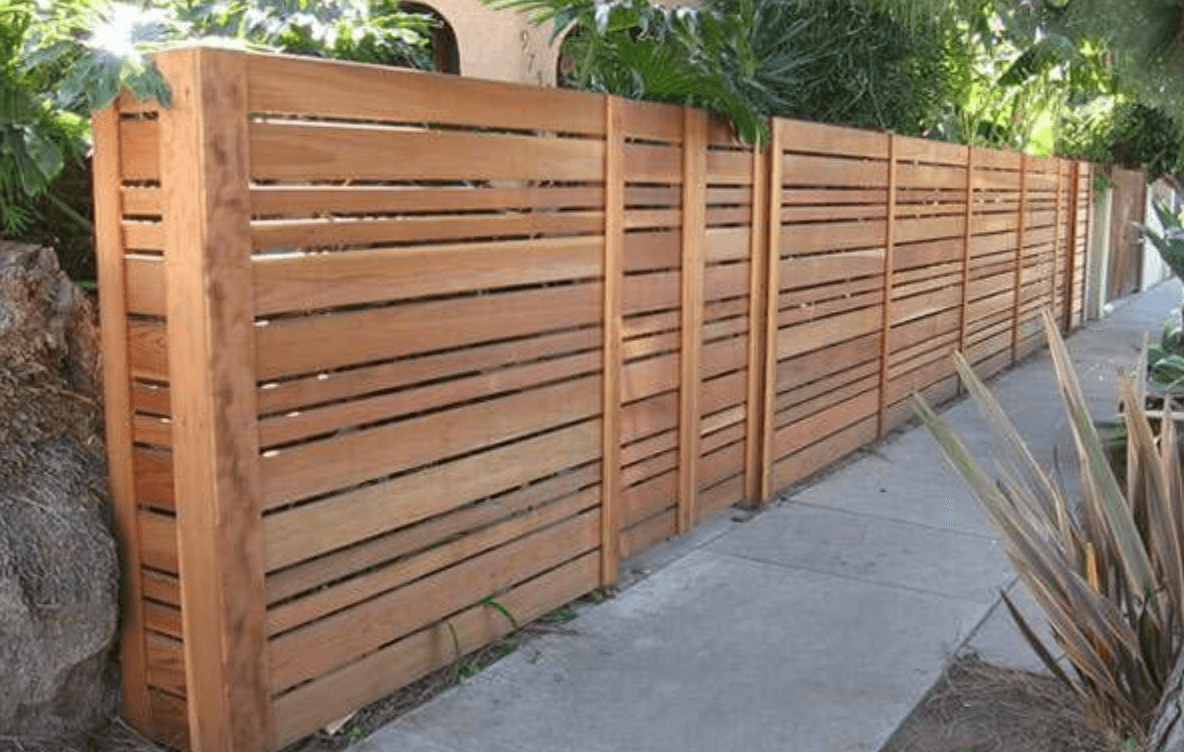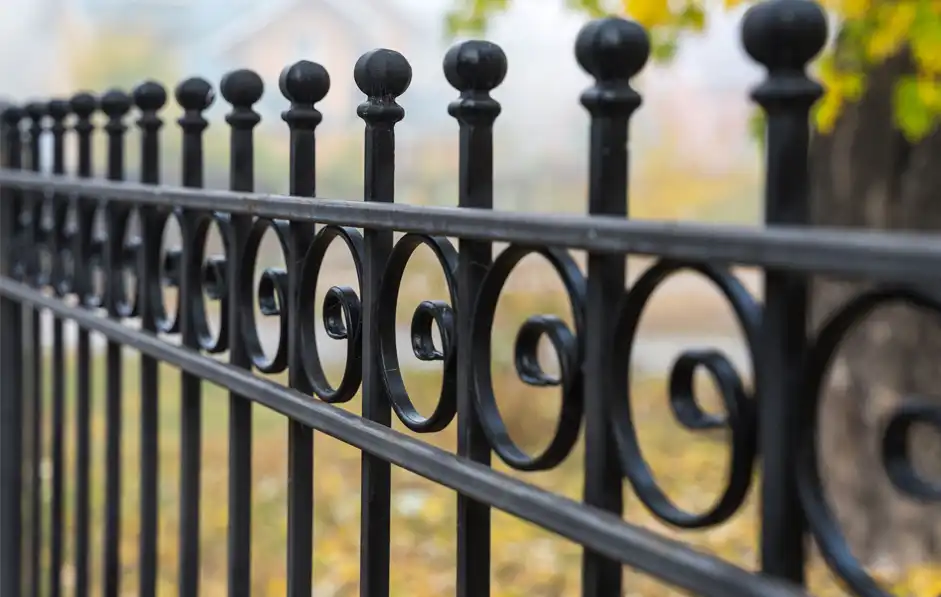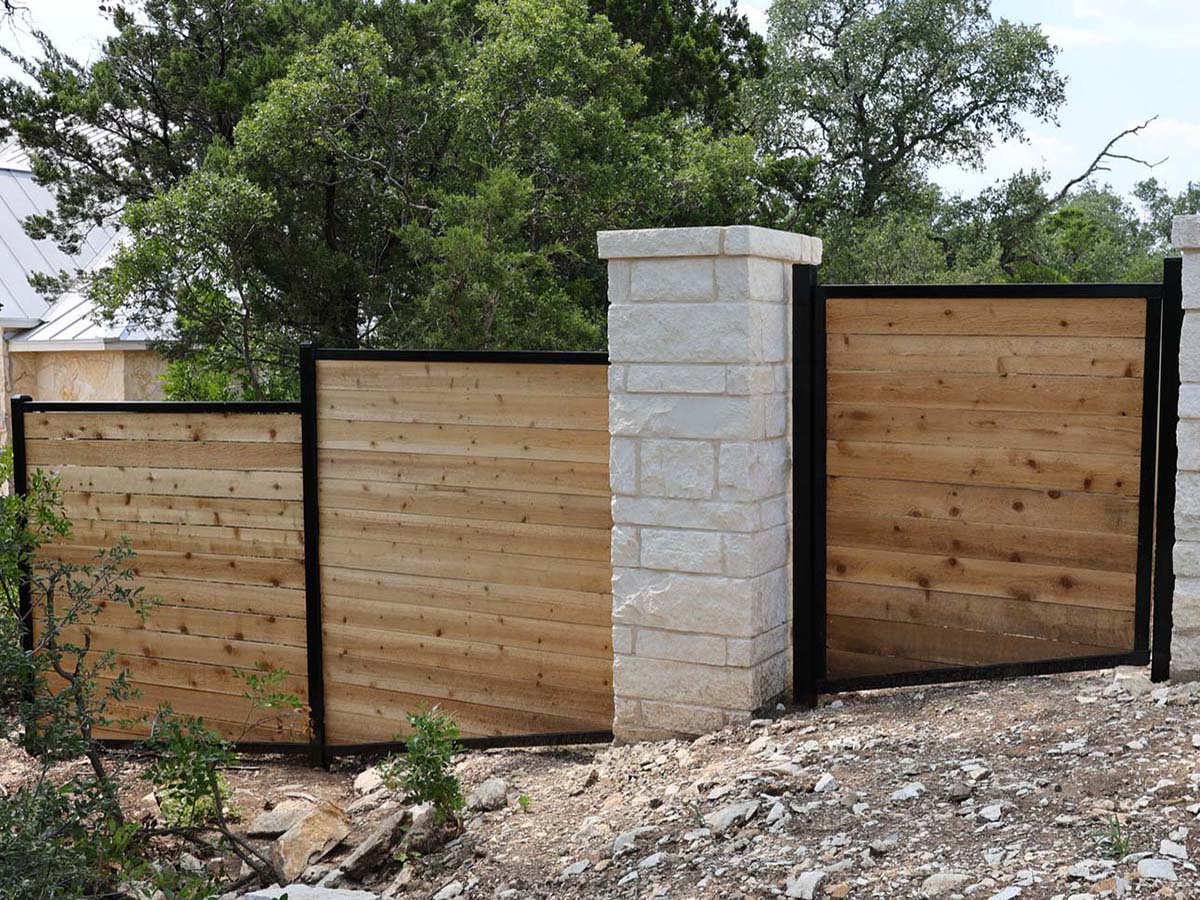All Categories
Featured
Your fencing is a financial investment that provides safety, personal privacy, and aesthetic charm. To keep it in exceptional form, regular maintenance customized to its material is essential. Each fence type has unique upkeep requires based on its material's durability, direct exposure to the aspects, and various other factors. Below's a comprehensive guide to preserving various secure fencing products.
![]()
Weather Condition Defense: Apply a high-grade sealant or discolor every 2-- 3 years to secure the timber from dampness and UV rays. For extreme climates, yearly reapplication may be needed. Cleaning: Use a garden pipe or a pressure washing machine on a low setting to remove dust and mold. Adhere to up with a moderate cleaning agent for stubborn stains. Repair work: Look for loose or rotting boards and change them immediately. Tighten up screws or nails to keep the structure stable. Bug Control: Usage termite-resistant timber or treat the fencing with parasite repellents to prevent invasions. 2. Vinyl Fences. Plastic fences are preferred for their durability and marginal maintenance demands.
Cleaning: Clean the surface area with a garden hose or a blend of soap and water to eliminate dirt and algae. For hard discolorations, make use of a soft-bristle brush or a vinyl-specific cleanser. Inspections: On a regular basis inspect for splits or bending, especially after strong winds or hefty impacts. Repairs: Change any type of broken sections quickly. Vinyl fencings frequently utilize modular parts, making repair work uncomplicated. 3. Chain-Link Fences. Chain-link fencings are durable and cost-effective however need regular focus to avoid corrosion.
Rust Elimination: Make use of a cable brush to remove rust from revealed areas, after that apply a rust-inhibiting spray to safeguard the metal. Cleansing: Hose down the fence consistently to remove dust. For crud, usage soapy water and a stiff-bristle brush. Fixings: Tighten up any kind of drooping sections or change damaged web links to maintain security. 4. Wrought Iron Fences. Wrought iron fencings provide longevity and sophistication but are vulnerable to rust otherwise appropriately preserved.
![]()
Corrosion Prevention: Scrape off corrosion spots with sandpaper and apply a rust-resistant primer complied with by exterior steel paint. Check for rust at the very least twice a year. Cleaning: Clean down with a towel and soapy water to preserve the coating. Prevent abrasive cleansers that can damage the surface area. Painting: Paint every couple of years to shield the metal from rust and maintain it looking fresh. 5. Light weight aluminum Fences. Light weight aluminum fences are lightweight, long lasting, and immune to corrosion, requiring much less maintenance compared to wrought iron.
Cleansing: Clean with soap and water to get rid of dust and dust. Rinse thoroughly to avoid residue. Examinations: Inspect for loosened hardware or damages, particularly after storms. Secure or change components as needed. Touch-Ups: Apply paint to scraped or broken locations to protect against damages to the protective covering. 6. Compound Fences. Composite fences are made from a mix of wood and plastic, integrating longevity with marginal maintenance.
![]()
Cleaning: Use a hose or a soft brush with soap and water to clean the surface area. Avoid using harsh chemicals. Examinations: Look for warping, particularly in severe warm. Tighten up or change any type of broken panels. Form Avoidance: While composite products withstand rot, keep the fence tidy and completely dry to avoid mold buildup. 7. Bamboo Fences. Bamboo is an eco-friendly option yet needs careful upkeep to preserve its appearance and longevity.
Securing: Use a safety sealer or varnish every 2-- 3 years to defend against wetness and UV damage. Cleaning: Tidy with light soap and a soft sponge or brush. Avoid high-pressure cleaning, which can harm bamboo fibers. Fixings: Change harmed sections or posts to maintain architectural stability and appearance. General Upkeep Tips for All Fence Types. Regular Assessments: Examine your fencing at least when every season for damages, wear, or loosened components. Cutting Vegetation: Maintain vines, shrubs, and plants away from the fence to stop wetness damages and reduce parasite task. Seasonal Adjustments: In areas with snow, stay clear of loading snow against your fencing to avoid structural anxiety. In hot climates, inspect for heat-related warping or fading. Verdict. Each fence product has its distinct maintenance requirements, however an aggressive method to care can extend its life expectancy and maintain it looking its ideal. Wooden fencings need even more attention compared to vinyl or light weight aluminum, however each product benefits from regular cleaning, examinations, and prompt repair work. By customizing your upkeep techniques to the kind of fencing you own, you'll guarantee that it continues to offer privacy, safety and security, and aesthetic allure for many years ahead.

- Wood Fences. Wood fences are valued for their all-natural appearance but need constant maintenance to stop damage.
Weather Condition Defense: Apply a high-grade sealant or discolor every 2-- 3 years to secure the timber from dampness and UV rays. For extreme climates, yearly reapplication may be needed. Cleaning: Use a garden pipe or a pressure washing machine on a low setting to remove dust and mold. Adhere to up with a moderate cleaning agent for stubborn stains. Repair work: Look for loose or rotting boards and change them immediately. Tighten up screws or nails to keep the structure stable. Bug Control: Usage termite-resistant timber or treat the fencing with parasite repellents to prevent invasions. 2. Vinyl Fences. Plastic fences are preferred for their durability and marginal maintenance demands.
Cleaning: Clean the surface area with a garden hose or a blend of soap and water to eliminate dirt and algae. For hard discolorations, make use of a soft-bristle brush or a vinyl-specific cleanser. Inspections: On a regular basis inspect for splits or bending, especially after strong winds or hefty impacts. Repairs: Change any type of broken sections quickly. Vinyl fencings frequently utilize modular parts, making repair work uncomplicated. 3. Chain-Link Fences. Chain-link fencings are durable and cost-effective however need regular focus to avoid corrosion.
Rust Elimination: Make use of a cable brush to remove rust from revealed areas, after that apply a rust-inhibiting spray to safeguard the metal. Cleansing: Hose down the fence consistently to remove dust. For crud, usage soapy water and a stiff-bristle brush. Fixings: Tighten up any kind of drooping sections or change damaged web links to maintain security. 4. Wrought Iron Fences. Wrought iron fencings provide longevity and sophistication but are vulnerable to rust otherwise appropriately preserved.

Corrosion Prevention: Scrape off corrosion spots with sandpaper and apply a rust-resistant primer complied with by exterior steel paint. Check for rust at the very least twice a year. Cleaning: Clean down with a towel and soapy water to preserve the coating. Prevent abrasive cleansers that can damage the surface area. Painting: Paint every couple of years to shield the metal from rust and maintain it looking fresh. 5. Light weight aluminum Fences. Light weight aluminum fences are lightweight, long lasting, and immune to corrosion, requiring much less maintenance compared to wrought iron.
Cleansing: Clean with soap and water to get rid of dust and dust. Rinse thoroughly to avoid residue. Examinations: Inspect for loosened hardware or damages, particularly after storms. Secure or change components as needed. Touch-Ups: Apply paint to scraped or broken locations to protect against damages to the protective covering. 6. Compound Fences. Composite fences are made from a mix of wood and plastic, integrating longevity with marginal maintenance.

Cleaning: Use a hose or a soft brush with soap and water to clean the surface area. Avoid using harsh chemicals. Examinations: Look for warping, particularly in severe warm. Tighten up or change any type of broken panels. Form Avoidance: While composite products withstand rot, keep the fence tidy and completely dry to avoid mold buildup. 7. Bamboo Fences. Bamboo is an eco-friendly option yet needs careful upkeep to preserve its appearance and longevity.
Securing: Use a safety sealer or varnish every 2-- 3 years to defend against wetness and UV damage. Cleaning: Tidy with light soap and a soft sponge or brush. Avoid high-pressure cleaning, which can harm bamboo fibers. Fixings: Change harmed sections or posts to maintain architectural stability and appearance. General Upkeep Tips for All Fence Types. Regular Assessments: Examine your fencing at least when every season for damages, wear, or loosened components. Cutting Vegetation: Maintain vines, shrubs, and plants away from the fence to stop wetness damages and reduce parasite task. Seasonal Adjustments: In areas with snow, stay clear of loading snow against your fencing to avoid structural anxiety. In hot climates, inspect for heat-related warping or fading. Verdict. Each fence product has its distinct maintenance requirements, however an aggressive method to care can extend its life expectancy and maintain it looking its ideal. Wooden fencings need even more attention compared to vinyl or light weight aluminum, however each product benefits from regular cleaning, examinations, and prompt repair work. By customizing your upkeep techniques to the kind of fencing you own, you'll guarantee that it continues to offer privacy, safety and security, and aesthetic allure for many years ahead.
Latest Posts
Explore Brake Repair & More: Full Auto Care Solutions from Montclare Auto Repair
Published en
1 min read
Why Consistent Auto Maintenance at Montclare Auto Repair Keeps Your Wallet Happy
Published en
1 min read
Unlock Your Financial Partner at WyHy – Top Benefits for Your Money Goals
Published en
1 min read
More
Latest Posts
Explore Brake Repair & More: Full Auto Care Solutions from Montclare Auto Repair
Published May 29, 25
1 min read
Why Consistent Auto Maintenance at Montclare Auto Repair Keeps Your Wallet Happy
Published May 28, 25
1 min read
Unlock Your Financial Partner at WyHy – Top Benefits for Your Money Goals
Published May 25, 25
1 min read